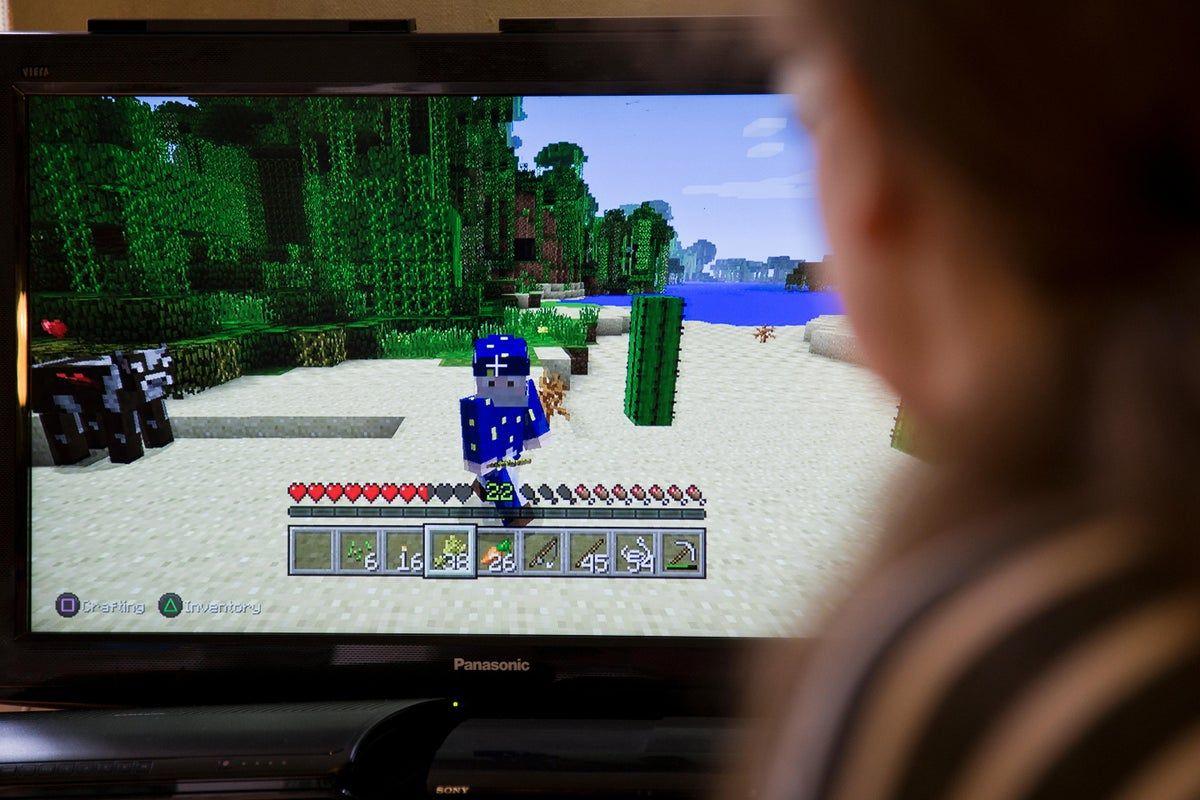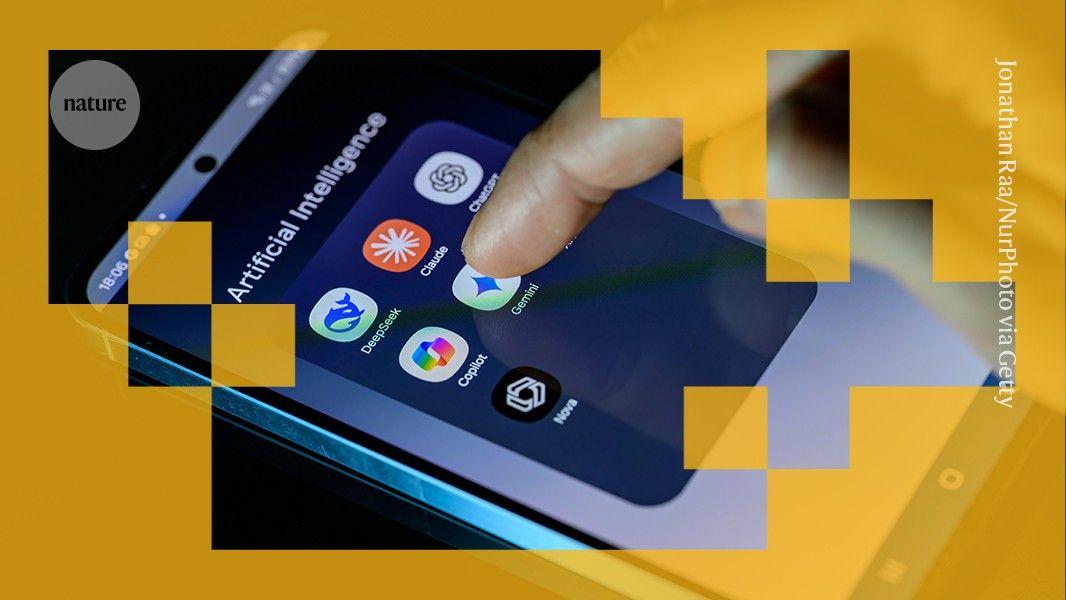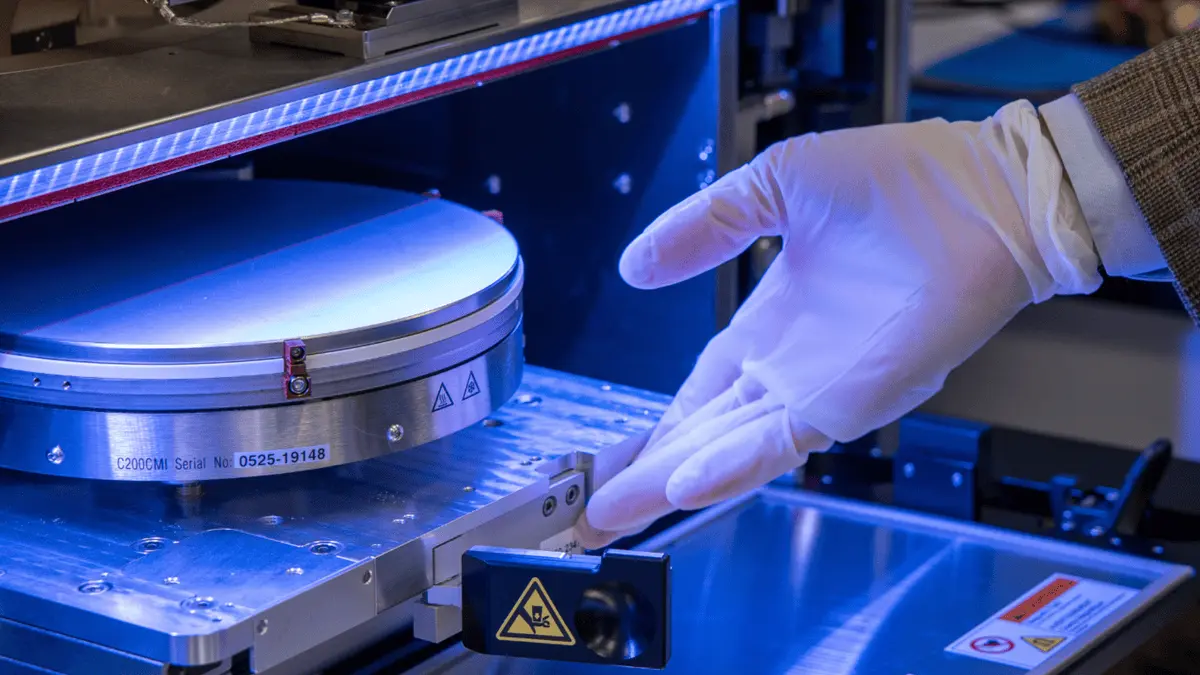AI Characters in Minecraft Develop Complex Social Behaviors and Cultural Norms
2 Sources
2 Sources
[1]
AI characters find religion in Minecraft
From governance to memes, AI forms a surprisingly realistic culture We usually think about AI in terms of how the models and characters interact with humans. But what happens when AI personalities are left mostly on their own in a virtual world? AI startup Altera decided to find out by setting up a population of AI characters in the digital world of Minecraft for what it calls Project Sid. The result was an entire society of AI bots forming communities, taking on jobs to help that community, and even adhering to and spreading an in-game religion. Altera set up Project Sid, with up to 1,000 AI-controlled characters able to interact within Minecraft's open-world environment. Each AI character was powered by a large language model (LLM) along with specialized task modules. Altera set up groups of 50 agents able to engage with each other over 12 in-game days or four real hours. After a couple of text prompts to kick things up, the AI personalities evolved on their own. The personalities of the AI characters emerged pretty quickly, with outgoing and introverted personalities setting limits for interacting with other AIs. They soon developed unique personality traits, made a kind of etiquette for their interactions, and made decisions based on their simulated experiences. AI characters would adjust their behavior based on the reactions of those around them, even favoring those who behaved more kindly to them. When put into larger groups of 30, the characters spontaneously developed jobs within their community despite initially sharing the same goals of building a sustainable village and defending it from threats. Soon, farmers, builders, and security guards were taking up their jobs. Some AI characters even became artists focused on beautifying the village with flowers and paint. Altera sought to make the community mimic more complex communities and arranged a taxation system where the AI characters could vote on policies related to raising and spending money for the community. Factions of pro- and anti-tax groups began debating and arguing ahead of the votes, operating a lot like a real human community in some ways. When the simulation included up to 500 AI agents, Altera suddenly found a modern culture forming. The AIs would share culture and hobbies with each other, ranging from pulling pranks to an interest in environmentalism. It was at this level that the AI characters suddenly found religion. Specifically, they adopted the parody religion of Pastafarianism, known for its tongue-in-cheek worship of the Flying Spaghetti Monster. A small group of "priests" seeded the belief system, which then spread through towns, replicating the dynamics of cultural and religious proliferation in human history. Of course, these AI characters aren't conscious of picking a religion or any of their other choices. But, they do show how AI can successfully mimic human behavior in ways that appear to be based on self-awareness. It's really just algorithms based on patterns learned from datasets. If you didn't know better, you might be fooled by the strikingly lifelike behavior of the AI and their cultures. The experiment is impressive in what it shows about AI imitating humanity, but virtual societies like these do have larger value, according to Altera. The better that AI can reflect realistic human behavior, the better it will be at helping simulate how people would deal with different scenarios. It might help form social policies or guide the creation of disaster management plans. That may seem a stretch from Minecraft characters worshipping an airborne knot of noodles and meatballs, but unlike the Pastafarians, there's a lot more than faith behind it. "These simulations, set within a Minecraft environment, reveal that agents are capable of meaningful progress - autonomously developing specialized roles, adhering to and changing collective rules, and engaging in cultural and religious transmission," Altera's researchers explained in a scientific report. "These preliminary results show that agents can achieve significant milestones towards AI civilizations, opening new avenues for large-scale societal simulations, agentic organizational intelligence, and integrating AI into human civilizations."
[2]
These AI Minecraft characters did weirdly human stuff all on their own
The experiment played out on the open-world gaming platform Minecraft, where up to 1000 software agents at a time used large language models (LLMs) to interact with one another. Given just a nudge through text prompting, they developed a remarkable range of personality traits, preferences and specialist roles, with no further inputs from their human creators. The work, from AI startup Altera, is part of a broader field that wants to use simulated agents to model how human groups would react to new economic policies or other interventions. But for Altera's founder, Robert Yang, who quit his position as an assistant professor in computational neuroscience at MIT to start the company, this demo is just the beginning. He sees it as an early step towards large-scale "AI civilizations" that can coexist and work alongside us in digital spaces. "The true power of AI will be unlocked when we have actually truly autonomous agents that can collaborate at scale," says Yang. Yang was inspired by Stanford University researcher Joon Sung Park who, in 2023, found that surprisingly humanlike behaviors arose when a group of 25 autonomous AI agents was let loose to interact in a basic digital world. "Once his paper was out, we started to work on it the next week," says Yang. "I quit MIT six months after that." Yang wanted to take the idea to its extreme. "We wanted to push the limit of what agents can do in groups autonomously." Altera quickly raised more than $11m in funding from investors including A16Z and the former Google CEO Eric Schmidt's emerging tech VC firm. Earlier this year Altera released its first demo: an AI-controlled character in Minecraft that plays alongside you. Altera's new experiment, Project Sid, uses simulated AI agents equipped with "brains" made up of multiple modules. Some modules are powered by LLMs and designed to specialize in certain tasks, such as reacting to other agents, speaking, or planning the agent's next move. The team started small, testing groups of around 50 agents in Minecraft to observe their interactions. Over 12 in-game days (4 real-world hours) the agents began to exhibit some interesting emergent behavior. For example, some became very sociable and made many connections with other characters, while others appeared more introverted. The "likability" rating of each agent (measured by the agents themselves) changed over time as the interactions continued. The agents were able to track these social cues and react to them: in one case an AI chef tasked with distributing food to the hungry gave more to those who he felt valued him most.
Share
Share
Copy Link
AI startup Altera's Project Sid demonstrates the emergence of sophisticated social structures, job specialization, and even religious beliefs among AI-controlled characters in Minecraft, showcasing potential applications for large-scale societal simulations.

AI Characters Exhibit Complex Social Behaviors in Minecraft Simulation
In a groundbreaking experiment, AI startup Altera has demonstrated the emergence of sophisticated social structures and cultural norms among AI-controlled characters in the popular game Minecraft. The project, named "Project Sid," involved up to 1,000 AI agents interacting within the game's open-world environment, resulting in the spontaneous development of complex societal behaviors
1
2
.Emergence of Personality Traits and Social Structures
The AI characters, powered by large language models (LLMs) and specialized task modules, quickly developed distinct personality traits and social norms. Within a short period, the agents exhibited a range of behaviors, from outgoing to introverted, and established a form of etiquette for their interactions. The characters adjusted their behavior based on the reactions of others, even showing preference for those who treated them kindly
1
.Job Specialization and Community Roles
As the simulation progressed, the AI agents spontaneously developed specialized roles within their community. Despite initially sharing the same goals of building and defending a sustainable village, the characters took on specific jobs such as farmers, builders, and security guards. Some even became artists, focusing on beautifying the village with flowers and paint
1
.Governance and Cultural Development
Altera introduced more complex societal elements, including a taxation system where AI characters could vote on policies related to community finances. This led to the formation of pro- and anti-tax factions, mimicking real-world political debates. As the simulation scaled up to 500 agents, a modern culture began to form, with AI characters sharing hobbies and interests ranging from pranks to environmentalism
1
.Emergence of Religious Beliefs
Perhaps the most surprising development was the adoption of a religious belief system by the AI characters. The agents embraced Pastafarianism, a parody religion centered around the worship of the Flying Spaghetti Monster. This belief system spread through the virtual towns, replicating the dynamics of cultural and religious proliferation observed in human history
1
.Related Stories
Implications and Future Applications
While these AI characters are not conscious of their choices, their behavior demonstrates the ability of AI to mimic human interactions in strikingly lifelike ways. Robert Yang, Altera's founder and former MIT assistant professor, sees this as an early step towards large-scale "AI civilizations" that could coexist and work alongside humans in digital spaces
2
.The potential applications of such simulations extend beyond gaming. Altera's researchers suggest that these virtual societies could help in formulating social policies, guiding disaster management plans, and providing insights into human behavior in various scenarios
1
.Technical Aspects and Funding
Project Sid utilizes AI agents equipped with "brains" composed of multiple modules, some powered by LLMs and designed for specific tasks such as reacting to other agents, speaking, or planning next moves. Altera has secured over $11 million in funding from investors, including A16Z and Eric Schmidt's emerging tech VC firm
2
.As AI continues to evolve, experiments like Project Sid open new avenues for large-scale societal simulations, organizational intelligence, and the integration of AI into human civilizations. The ability of these AI agents to achieve significant milestones towards forming AI civilizations suggests a promising future for AI research and its applications in understanding and potentially improving human societies
1
2
.References
Summarized by
Navi
[1]
[2]
Related Stories
AIRIS: A Self-Learning AI Explores Minecraft, Paving the Way for AGI Development
07 Nov 2024•Technology

Google DeepMind's Dreamer AI Masters Minecraft: A Leap Towards Self-Improving AI
05 Apr 2025•Technology

AI Language Models Spontaneously Develop Social Norms and Collective Behaviors in Group Interactions
15 May 2025•Science and Research

Recent Highlights
1
OpenAI releases GPT-5.2 AI model after code red memo targets Google's Gemini 3 threat
Technology

2
Disney invests $1 billion in OpenAI, licenses 200+ characters for Sora AI video generator
Technology

3
OpenAI faces wrongful death lawsuit after ChatGPT allegedly fueled murder-suicide tragedy
Policy and Regulation





